Yoga can be really therapeutic if you do it right. And if done incorrectly, it can be a waste of your time. The problem with yoga and other such arts is the lack of training and guidance techniques. The only qualification most yoga instructors have is a soothing voice and knowledge of a few basic poses. At least in my personal experience. I asked my yoga instructor about their views on combining healthy protein shakes with a yoga routine. And the puzzled look I got said enough. Since then, I have been my own instructor for the yogic arts. I have started to notice the inaccuracies of techniques that some people have been taught.
This blog aims to help you correct some of the poses that you might be attempting incorrectly. After just a week you will notice a decrease in your stress levels. That in the long run is also quite beneficial for those who complain of high blood pressure.
9 Common Yoga Techniques You Might be Performing Incorrectly
Performing a yoga pose incorrectly might not seem like a big issue. But it’s the same difference as doing something the right way or doing something just to get it done. The end result is the same, but the way you get there is not. And if yoga teaches you anything at all, it’s that, simple things can make a big difference.
- Upward Dog
- Chaturanga
- Half Lift
- Downward Dog
- Plank
- Warrior 2
- Extended Side Angle
- Triangle
- Reverse Warrior
#1. Upward Dog
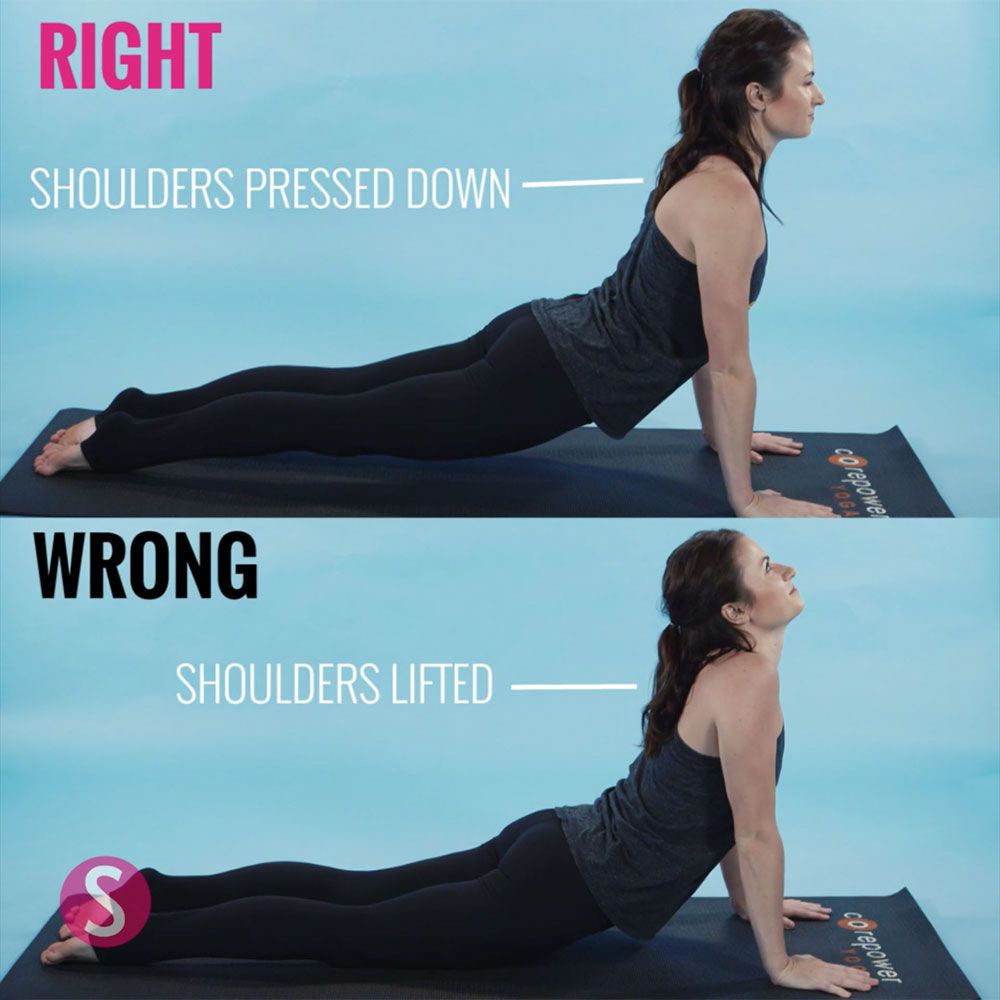
More often than not, people practicing the Upward Dog position make a common mistake. Here is what you should focus on:
- Your head should be facing straight forward. If your head is facing upwards, you’re doing it wrong.
- Additionally, your body weight should not be resting on your shoulders. Instead, your shoulders should be lifting the weight of your upper body.
- Your hips should go as low as possible. With your upper back being as straight as possible.
#2. Chaturanga
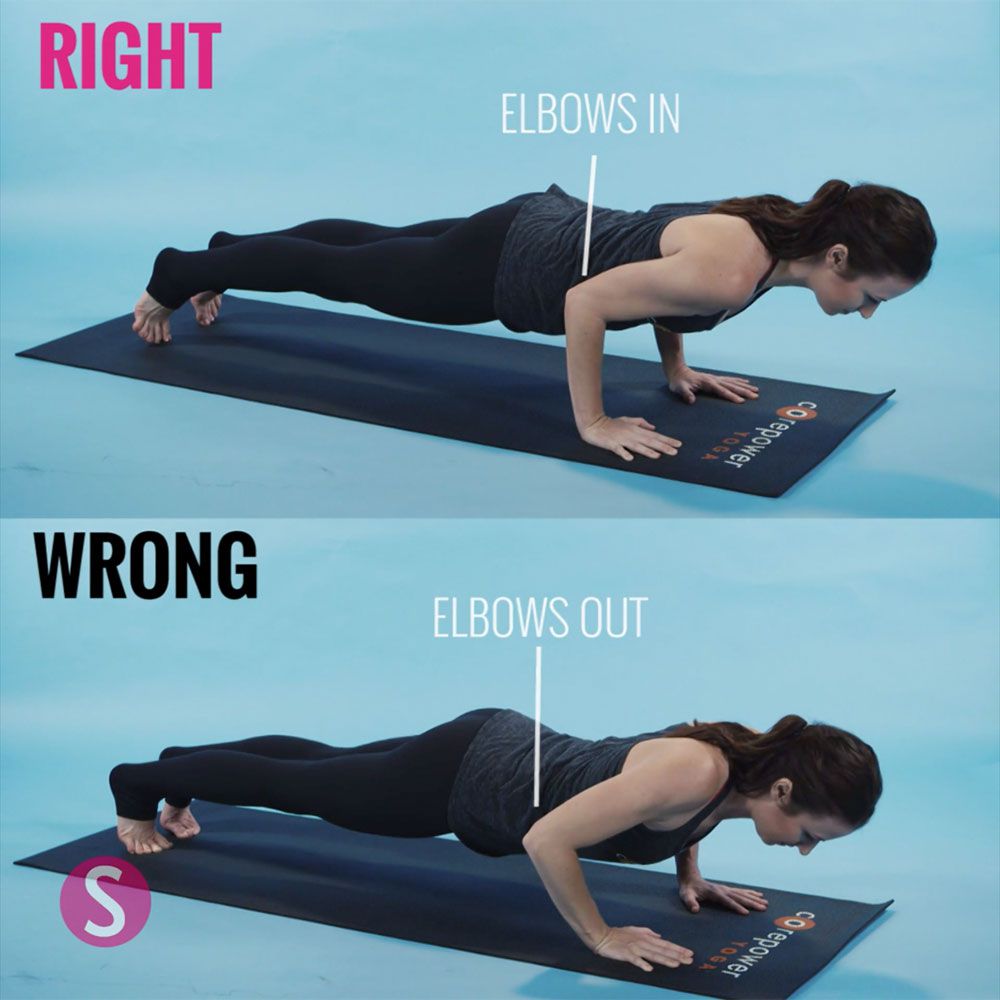
The correct way to perform the Chaturanga has three focus points. To master the position you need to:
- Your elbow position is key. They should be tucked in, tightly, next to your ribs.
- You should be able to shift your weight forward. A trick to doing it right is to check that your elbows should be over your wrists.
- Your body should be in a straight line. You should tuck in your hips and make sure that your legs aren’t too wide apart.
#3. Half Lift
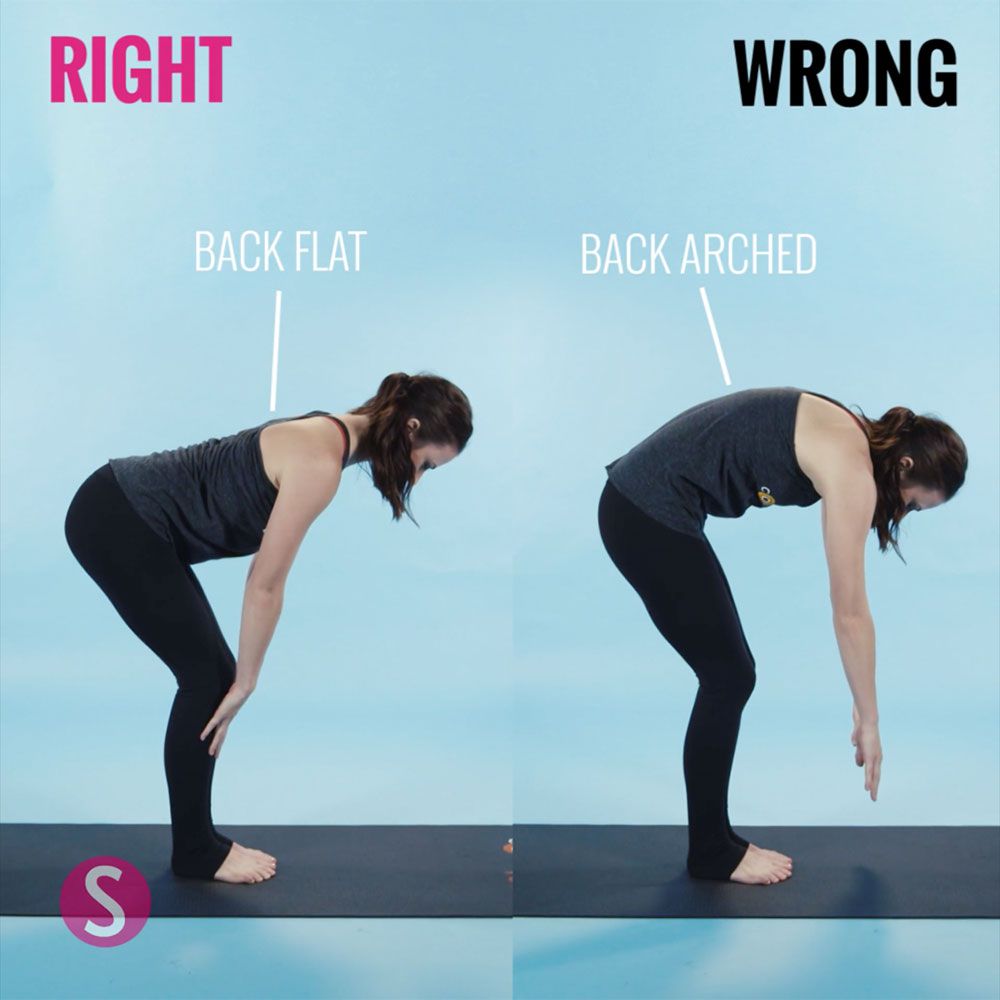
Half lift is one of the simplest poses that most people get wrong. For the right posture, your focus should be on these points:
- You need to keep your back flat. With that, you should also make sure your neck stays elongated.
- Keep your hands pressed to your shins. The best resting place for them is just at the end of your knee joints.
- Most of your body weight should be aimed at your heels. It helps if you arch your feet just a little.
#4. Downward Dog
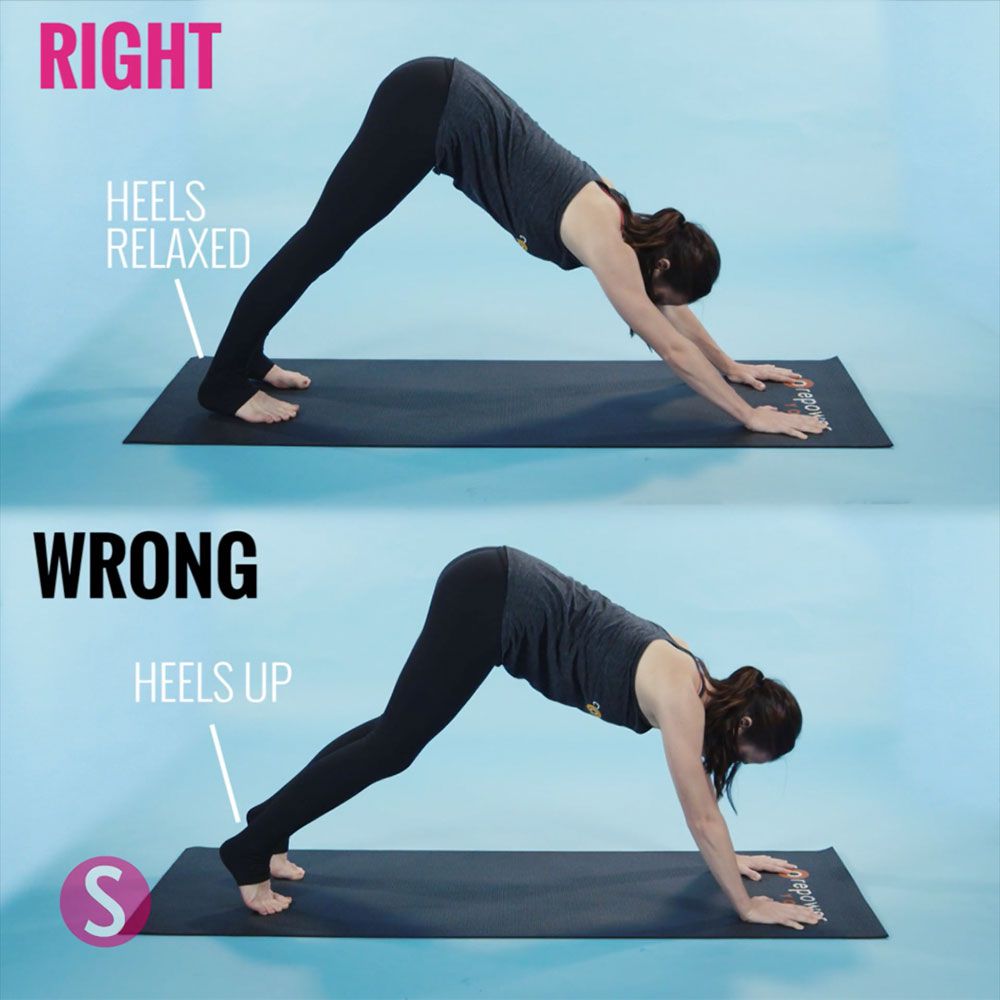
The downward dog is one of the most difficult positions to get right. That’s because the stretch feels like you’re doing it right. But focusing on these points can improve your position:
- Instead of lifting your heels, keep them planted flat along the surface of your mat or floor.
- Your knees should be straight but not stretched that they lock up. It’s a fine line between straight and locked up knees. That’s a line you need to learn to tread.
- Your head should be between your biceps, in line with the rest of your body.
#5. Plank
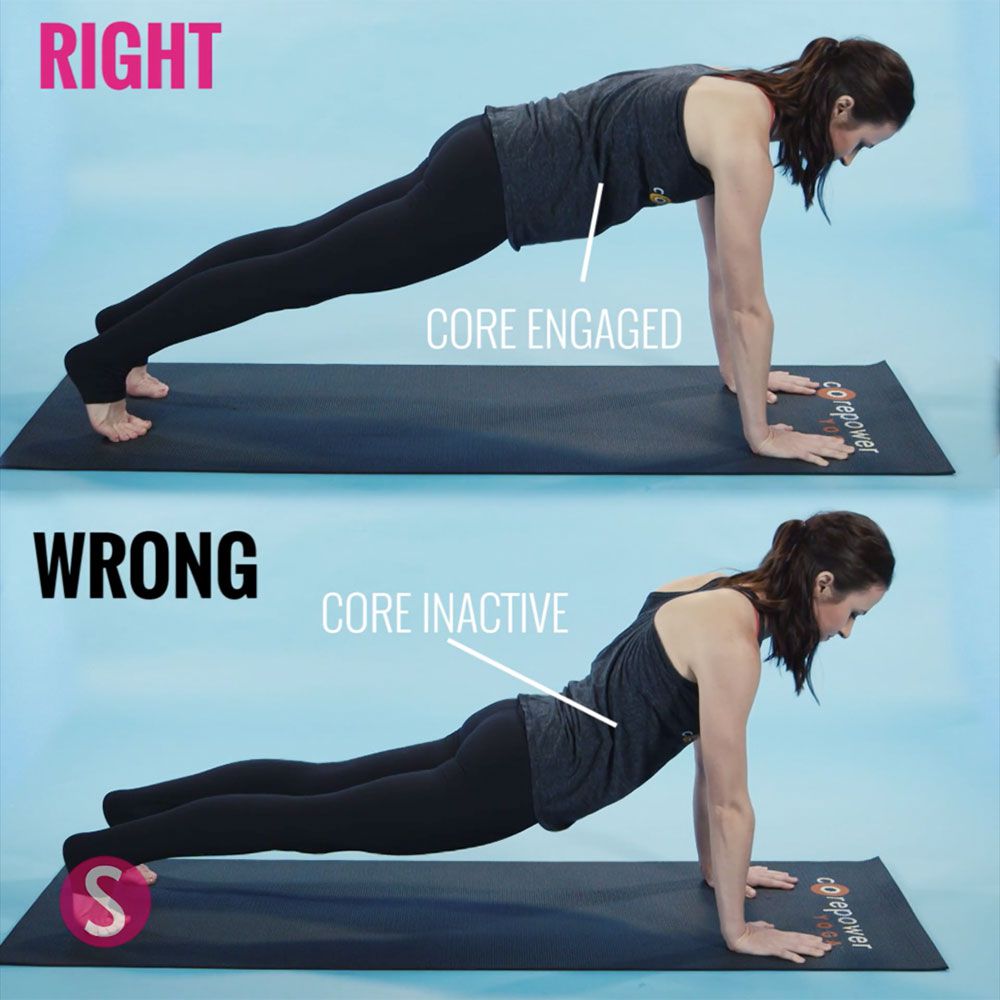
The plank position is another pose that most people tend to get wrong. The focus of the position should be your core. Here are some tips to get the position right:
- Keep your core constantly engaged throughout the pose.
- Keep your shoulders in a straight line with your wrists.
- Keep your hips in a tightened position, in line with your back.
#6. Warrior 2
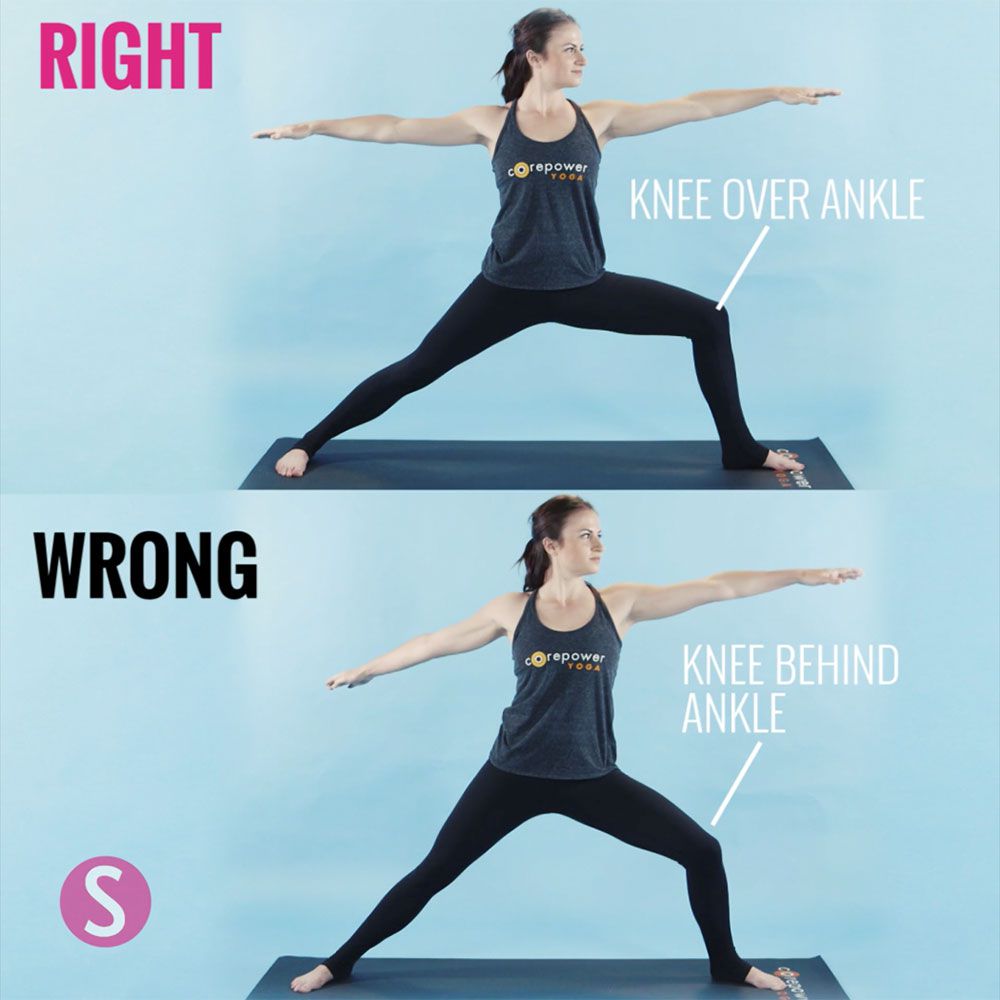
Warrior 2 is another easy position. Most of us tend to pay less attention to easier positions. By focusing on these few key points, you can improve your warrior 2 pose to perfection:
- Your arms should remain parallel to the floor. Usually, without realizing one of both or arms can get misbalanced. Correct that mistake as often as you notice it.
- The front knee should always be above the ankle and in line with it. The position of the front knee is vital to the pose as it affects your entire balance.
#7. Extended Side Angle
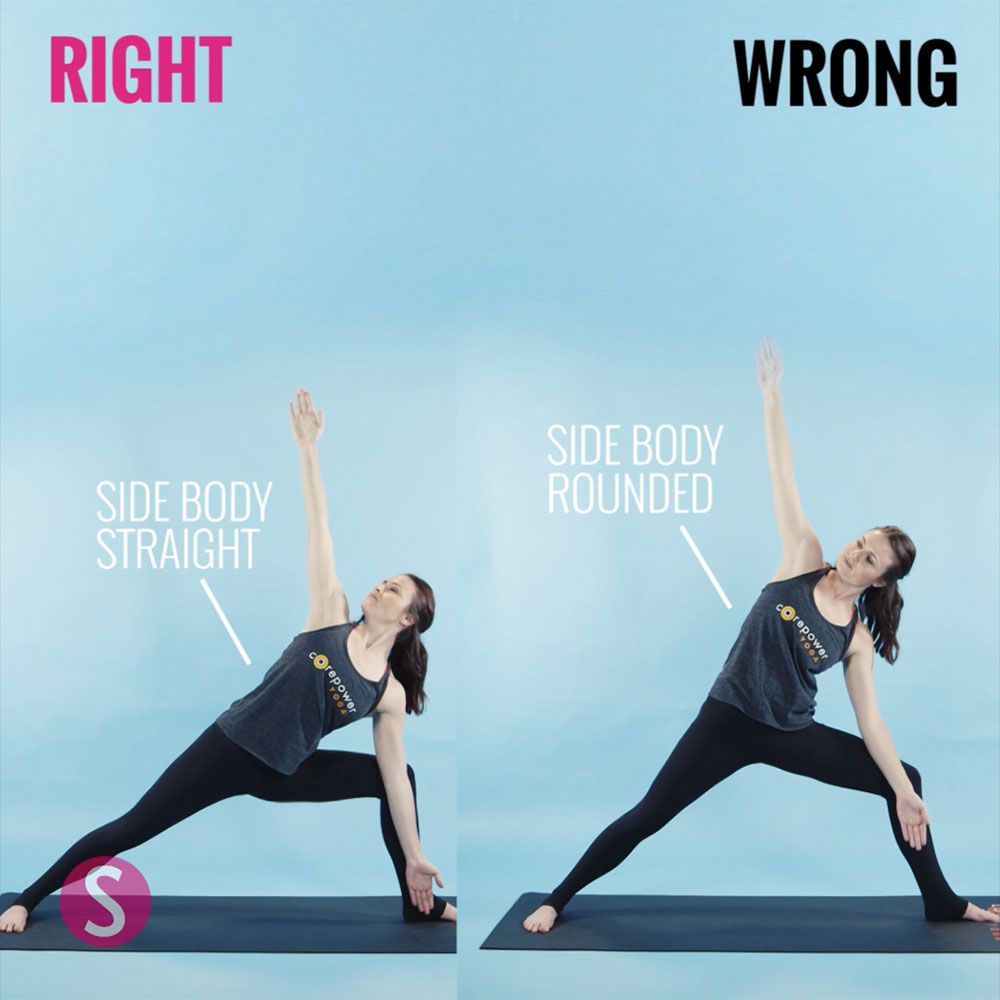
The extended side angle is one of the more challenging positions. Don’t be afraid of tilting over and losing your balance. As long as you keep your posture correct, the balance will come naturally:
- Your torso needs to be straight and extended
- Your face should be upwards, facing the ceiling
- You should extend your fingertips as though you are trying to reach something far away
#8. Triangle
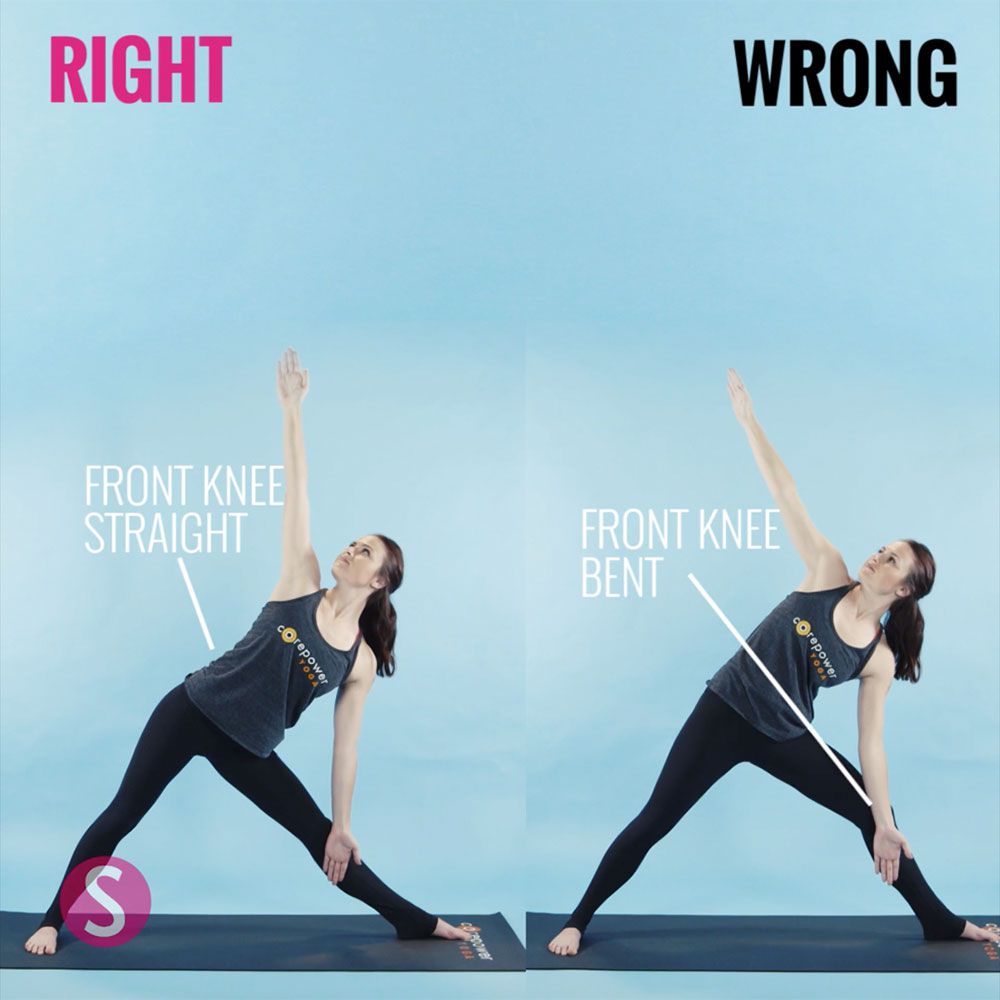
The triangle pose is separate from the extended side angle pose. But most people perform both in a similar action. That is immensely incorrect. Here is what you need to focus on for the correct triangle pose:
- Your front knee should be straight. But remember not to lock it.
- Extend your arms and reach through your fingers.
- Your spine needs to align with your back leg and stay straight
#9. Reverse Warrior
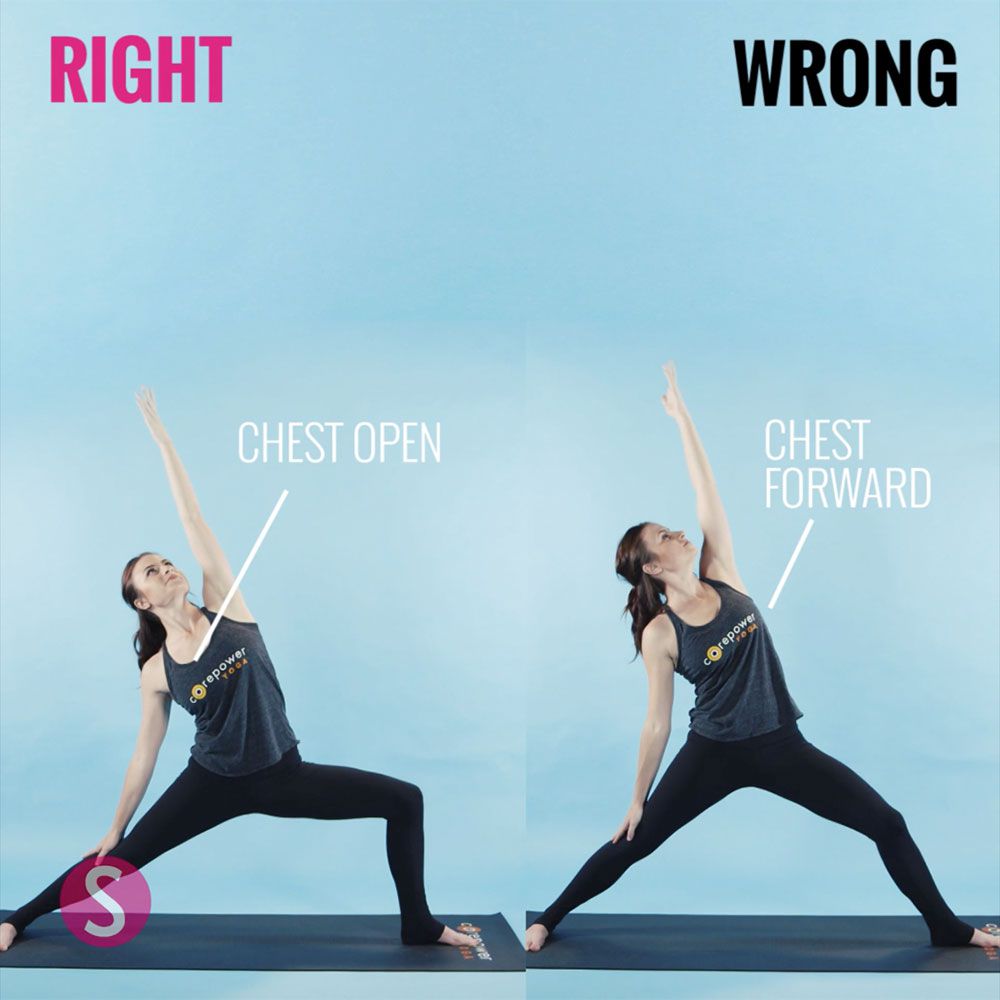
The best way to transition into the reverse warrior is through the warrior 2 pose. But this is what you should focus on when in the pose:
- Position your front knee directly over your ankle
- Keep your chest open and towards the left
- Keep your shoulders away from your ears, as much as possible
Conclusion
Yoga is one of the best practices for all-round wellbeing. It opens up your chakras and makes sure blood flows freely to all parts of your body. Perhaps that is one of the main reasons why it is amongst the top fitness tips for men over 50. What makes yoga unique is that it actually lowers your blood pressure and body stress levels. few, if any, other exercises have the same effect on your body.

